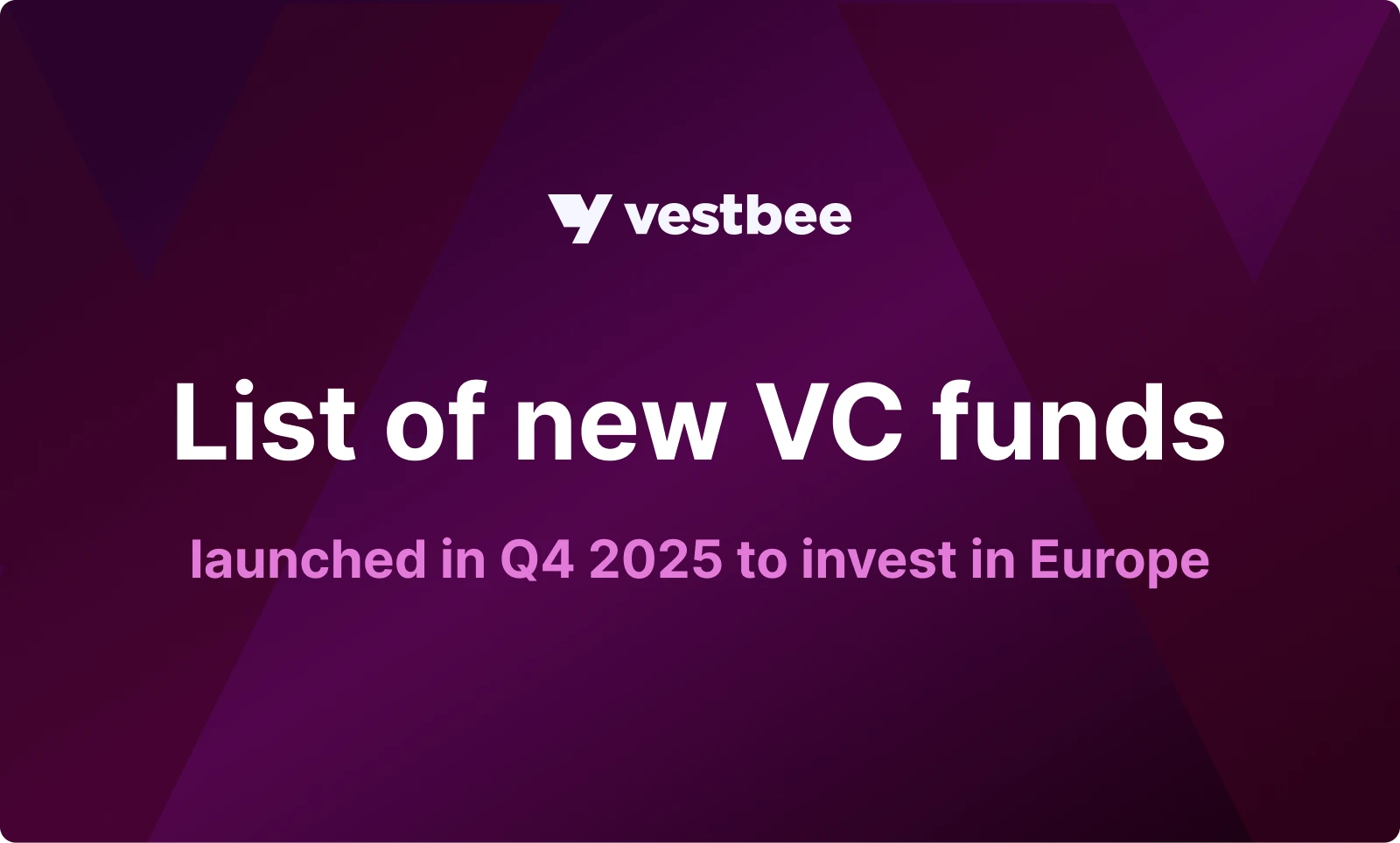Six years ago, when I published an article about the desired nature of ‘innovation’ from the EU funding perspective (“Many faces of ‘Innovation’”) the hottest catchphrase in the public funding world was ‘disruptive innovation’. Back then, ‘disruptiveness’ was the main differentiator between regular innovations and real breakthroughs. But while all the attention was focused on searching for disruptive innovations, another profound technological change was silently building up beyond the spotlight. It seems evident now when looked upon from the time perspective, but in 2017 it was not that obvious.
Fast forward to 2023, and the landscape has shifted tremendously. Nowadays, the word that captures the imagination of the European Commission and is dominating the discussion on research, development and innovation (R&D&I) in Europe is ‘deep-tech’. Private investors and LPs around the world are also progressively joining that bandwagon.
‘A small change in the wording’ one might say. It may be so, but in the ever-evolving landscape of scientific research and technological advancements, the European Union has long played a pivotal role in fostering innovation and setting the tone for R&D&I through its funding programs. Thus, this seemingly small change in wording reflects a fundamental shift in the mindset of an important financing institution for early-stage technological startups. One that induces a significant ripple effect across industries and economies due to the potential impact these startups (and their technologies) can make.
Given how the EU approaches its planning and budgeting, it is not a surprise that this terminological turn happened with the transition between two subsequent financial perspectives and R&D Framework Programmes, i.e. Horizon 2020 (2014-2020) and Horizon Europe (2021-2027).
Horizon 2020 emphasised the disruptive aspect of innovations characterized by radical changes in existing paradigms and transformative impact on markets and industries. However, more often than not, a true impact of an innovation is not obvious at the time of its development, especially for hardware-based solutions. You rarely know if the technology you are working on is disruptive until it actually reaches the market and stays there long enough for a potential disruption to happen. Therefore, in some cases, the feat of ‘disruptiveness’ has non-intentionally favoured software-based (or software-driven) solutions over hardware innovations, as they are much easier and faster to develop, iterate, deploy, and validate in real-life conditions. In the 2010s, a decade of “software eating the world”, that did not feel like a bias at all.
Nowadays, however, as the digital tide seems to be over, the new wave of innovation is on the rise. A wave of deep technologies. The EU’s current R&D initiative, Horizon Europe, quite accurately embraces this trend and recognizes the potential of 'deep-tech' to create long-lasting impact across various sectors.
But what does ‘deep-tech’ even mean? The term itself is not easy to define and there is no universally accepted definition. Let’s take a look at a couple of examples:
- According to the Massachusetts Institute of Technology (MIT), “If innovation is the match between problems (customer needs or opportunities) and solutions (technologies, business models etc), then deep tech is that part of the solution space based on breakthrough science and engineering”.
- The Boston Consulting Group (BCG) says that “Deep tech involves leveraging mature and emerging technologies to solve the largest problems facing the world today—while enabling bold business objectives and invigorating value chains”.
- The European Investment Bank (EBI) emphasises that “deep-tech requires substantial upfront investments and extensive R&D efforts, with a higher degree of technical complexity than traditional technologies”.
- Hello Tomorrow puts it this way: “Deep-tech innovations are defined as disruptive solutions built around unique, protected or hard-to-reproduce technological or scientific advances. Deep-tech companies have a strong research base. They create value by developing new solutions, not only by disrupting business models. Because they are advancing the technological frontier, they face unique challenges”.
Every definition presents deep-tech from a slightly different perspective, but at the same time, all are legit, although non-exhaustive (not that is needed).
For me, the key distinguishing features of deep-tech are:
- It stems from scientific discoveries, advanced engineering, and significant research efforts.
- It entails innovations that push the boundaries of knowledge beyond what is already known.
- It eludes the routine, standardised R&D approaches thus requiring novel methodologies.
- It is often interdisciplinary.
- It is designed to solve the most difficult problems and tackle the most prominent challenges of our times.
- It has the potential to transform (and potentially disrupt) existing industries and markets.
- It requires more time (and often money) to reach the market.
Given these definitions, deep-tech companies face increased levels of uncertainty and risk (scientific, technological, commercial, and other), and are thus much more failure-prone than ordinary technological startups. This in turn, drastically curbs their access to financing, especially in the early, pre-commercial stages of development. Venture capitalists are still much more willing to invest in clearly defined end products with a short time to market than in future solutions crawling slowly through their R&D pipelines and keeping numerous application options open along the way.
For these exact reasons, the role of public funding in the development of deep technologies is of critical importance. Public money is more patient than private capital and more willing to accept failures that are inherent to breakthrough technological research. Thus, it plays a role in de-risking novel technologies while enabling startups to come up with viable commercialisation strategies to attract further investment or other sources.
Yet, for public funds to accomplish their role in the development of new technologies, it is imperative to tailor support mechanisms to their specific and extremely varying needs. Thus, the EU employs a standardized scale called the Technology Readiness Level (TRL) that provides a structured view of the development path and stages of technological innovations. This framework was originally developed by NASA in the 1970s but is still very accurate today. TRLs range from 1 (fundamental research to observe basic principles) to 9 (technology proven through successful deployment in the operational environment). Over the years, numerous variations of TRL methodology have emerged, accounting for unique requirements and challenges of technologies across industries and sectors or presenting an alternative viewpoint on the technology development path. And so we have Business Readiness Level (BRL), Manufacturing Readiness Level (MRL), Investment Readiness Level (IRL), Software/System Readiness Level (SRL), Life Sciences Readiness Level (LSRL) and others.
Under the Horizon Europe program, funding for deep-tech and groundbreaking innovations is abundant and different sets of funding opportunities are available at different levels of the TRL scale (and subsequently the R&D process). The program's key pillars, such as the European Research Council (ERC), European Innovation Council (EIC), and European Institute of Innovation and Technology (EIT), provide avenues for researchers, innovators, and businesses to access funding, support, and collaboration opportunities.
- The ERC offers grants to support cutting-edge research in frontier scientific fields, fostering scientific excellence and breakthrough discoveries.
- The EIC supports breakthrough innovations with market-creating potential, focusing on the development and scale-up of deep-tech startups and small and medium-sized enterprises (SMEs).
- The EIT provides a framework for collaborative projects that promote innovation and entrepreneurship in specific thematic areas.
Embracing deep-tech requires interdisciplinary collaboration, strong partnerships, and an unwavering commitment to pushing the boundaries of knowledge. By leveraging the funding opportunities provided by Horizon Europe, researchers, innovators, and businesses can propel Europe's position as a global leader in deep-tech innovation.
The global challenges we face today, headlined by climate change and health, make deep-tech a virtually indisposable tool we need to exploit as humankind. The hype around deep technologies is therefore well justified. But what will come next? Does it already have a name? Can we spot the symptoms of the future technological wave or is it still too early for that? I guess the time will tell. Maybe I will be able to answer these questions after the next six years. One thing seems certain though, for all scientists, engineers or tech enthusiasts like myself these are exciting times to live in.








